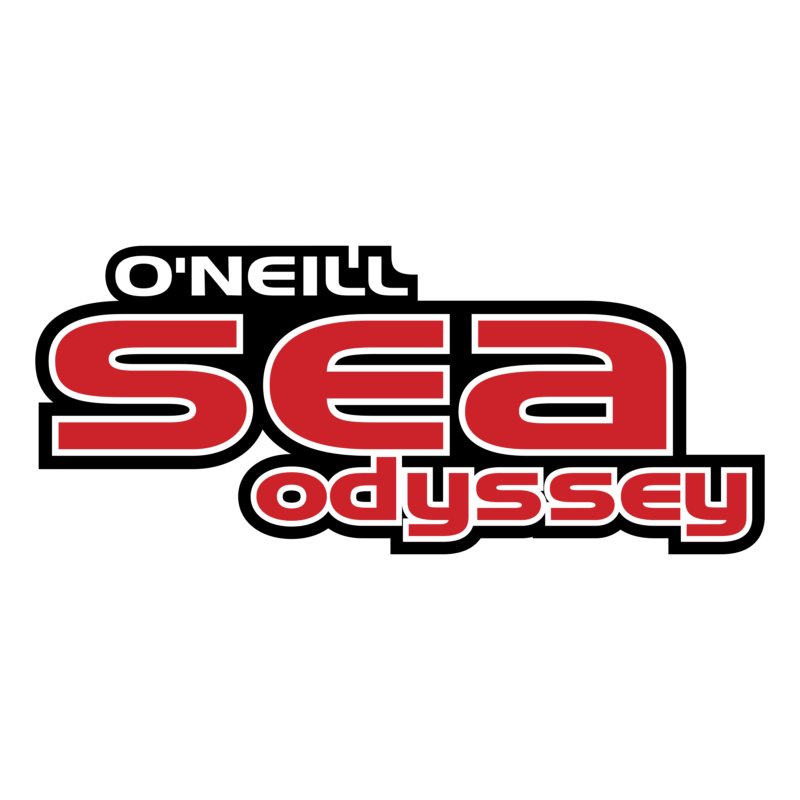Safety Information
Emergency Preparedness
In the event of an emergency, dial 911. Dispatchers will contact Harbor Patrol and the Santa Cruz Police Department. Emergency notifications by phone are available through the Santa Cruz County Community Alert System.
Crew Training
All instructors are First Aid/CPR/AED certified and must pass a pre-employment LiveScan, TB and drug tests, and Mandated Reporter training. As a condition of operating a United States Coast Guard (USCG)-certified vessel, instructors are randomly drug-tested throughout the season. Instructors are required to participate in person-overboard and boat safety training each season.
Emergency Equipment and Exits
Team O’Neill Catamaran
MAP Team O’Neill Catamaran Emergency Supplies
MAP Team O’Neill Catamaran Emergency EXITS
OSO Education Center
MAP O’Neill Sea Odyssey Classroom Emergency SUPPLIES & SYSTEMS
MAP O’Neill Sea Odyssey Classroom Emergency EXITS
*OSO’s insurance policy and USCG inspection certification are available upon request.
General Expectations
Students will:
- Listen to safety instructions given by instructors, captains, and staff.
- Keep their hands to themselves.
- Be respectful of instructors and fellow students.
- Share and be respectful of materials and displays used in the classroom and onboard learning stations.
- Remain with the class and/or their group throughout the day.
Students will NOT:
- Roughhouse, wrestle, or hit themselves or others.
- Yell or shout at other students, chaperones, instructors, or wildlife.
- Disrupt other students’ learning opportunities.
Onboard Expectations
Students will:
- Wear a lifejacket at all times on the dock and onboard the vessel.
- Remain seated when on the front net or in cockpit/salon areas.
- Hold onto the handrails when standing or moving on the boat.
- Remain with an instructor and chaperone(s) at all times while onboard.
Students will NOT:
- Touch any onboard equipment, lines, levers, or buttons
- Put any body parts outside of the lifelines at any time.
- Run or jump onboard.
Safety Guidelines & Expectations
Teachers/Group Leaders
Pre-trip: Teachers are expected to relay general field trip safety and behavior guidelines. Help prepare students and their parents on what type of clothes/shoes to wear and what to eat. Have communicated with the OSO Program Manager on how and when students are expected to arrive, the approximate number of students and chaperones, and any special accommodations (language barriers, physical limitations, behavioral issues, allergies, etc.).
Day of the trip: The teacher will provide a manifest with the names of all students and chaperones coming aboard the vessel. Throughout the trip, teachers will help maintain all general classroom rules and expectations, along with any additional boat safety rules. Teachers may be asked by OSO instructors to help with individual students and issues as they arise.
Chaperones
Onboard chaperone assistance is essential. Chaperones are expected to help with the following:
- Keeping students together and in their groups.
- Remind students of the rules and expectations.
- Move with the group onboard, assisting with reminders to use the rails and move safely and quickly to the next station.
- If a student needs to leave the group, chaperones will remain with the individual student so the OSO instructor can continue with the lesson. Instructor or captain can assist in giving chaperones information on how they can help students with the following:
- Use the onboard restrooms (only in emergencies).
- Seasickness protocol.
- Scared and nervous students.
- Disruptive students.
- Be ready to assist as needed, engaging with students in activities.
- Refrain from cell phone use and side chatter.
Questions can be directed to:
program@oneillseaodyssey.org or (831) 475-1561
